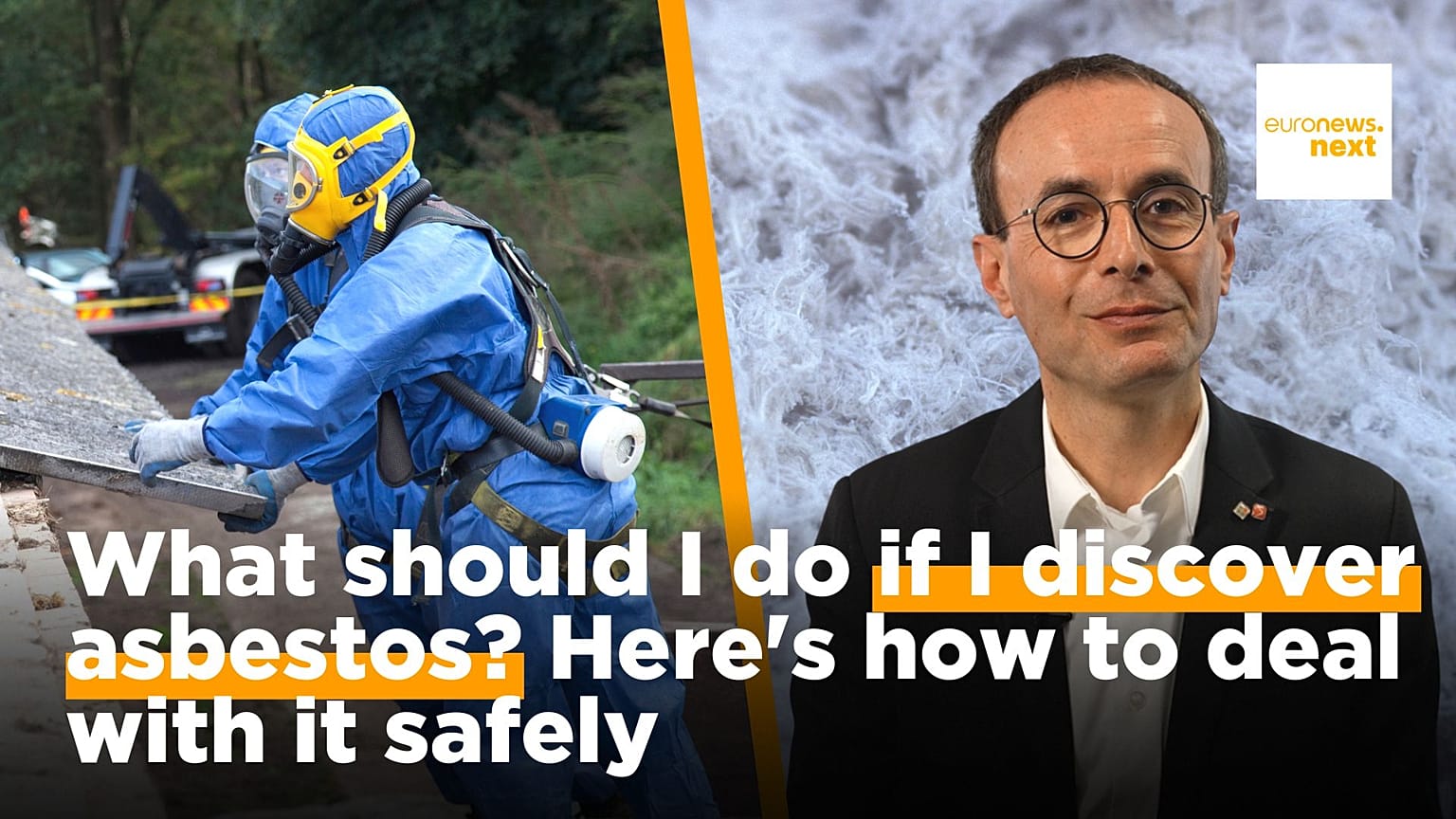Asbestos has been banned in the EU since 2005 but the material is still present in old buildings. It poses a serious health threat and can cause inflammation, scarring and cancer when inhaled. We asked a specialist about the best way to get rid of it safely.
Asbestos is a natural mineral made of flexible fibres resistant to heat, electricity and corrosion. These characteristics originally made the mineral useful in many products such as construction materials.
Although all forms of asbestos have been banned in the EU since 2005, the material is still present in old buildings.
It poses a serious health threat, particularly during renovations when materials containing asbestos are disturbed and fibres are released.
When inhaled, the airborne asbestos fibres get trapped in the body, which can cause inflammation, scarring and cancer over time. It can take more than 30 years between exposure and the first signs of illness.
As much as 78% of occupational cancers recognised in the member states are related to asbestos, according to the European Commission.
We spoke to Olivier Heaulme, the CEO of Aléa Contrôles, a company specialised in asbestos and lead risk prevention, to learn about the dangers related to the cancerous substance and how to take care of it.
To find out more, watch the video above.

















